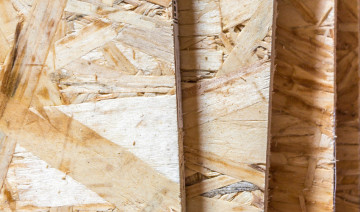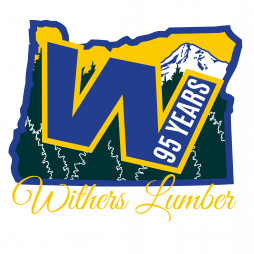
Understanding the Differences Between OSB and CDX
When it comes to construction and woodworking, selecting the right materials is essential for the success and durability of a project. Two commonly used materials for sheathing and structural purposes are OSB (Oriented Strand Board) and CDX plywood. While they might seem similar at first glance, they have distinct characteristics and best applications. In this blog post, we'll delve into the differences between OSB and CDX and discuss the best scenarios for using each material.
OSB (Oriented Strand Board)
OSB is engineered by compressing and gluing together wood strands in a cross-oriented manner. This layering technique gives OSB its strength and structural integrity.
Advantages:
- Affordability: OSB is generally more cost-effective than other sheathing materials, making it a preferred choice for budget-conscious projects.
- Consistent Quality: The manufacturing process of OSB ensures uniformity in strength and quality throughout the panel.
- Sustainability: OSB is often made from fast-growing, smaller-diameter trees, making it an eco-friendly option that uses wood resources more efficiently.
- Moisture Resistance: While not entirely waterproof, OSB performs well in humid conditions and can resist moisture better than some alternatives.
Best Applications:
- Roof and Wall Sheathing: OSB is commonly used as roof and wall sheathing due to its affordability and structural strength.
- Subflooring: OSB is an excellent choice for subflooring as it provides a solid and level surface for flooring materials.
- Structural Components: OSB is suitable for various structural components such as beams, headers, and rim boards.
CDX Plywood
CDX plywood stands for "C-D Exposure 1" and is made by gluing together layers of wood veneers. The 'X' indicates that it's designed for exterior use.
Advantages:
- Strength and Durability: CDX plywood offers excellent strength and durability, making it a reliable choice for various construction applications.
- Resistance to Moisture: CDX plywood is treated with moisture-resistant glues and can withstand exposure to moderate levels of moisture and humidity.
- Sanded Surface: CDX plywood often has a smoother and more even surface compared to OSB, which can be beneficial for finishing and painting.
- Versatility: It can be used for both interior and exterior applications, depending on the specific needs of the project.
Best Applications:
- Exterior Use: CDX plywood is commonly used for exterior sheathing, roof decking, and wall cladding due to its moisture resistance and durability.
- Concrete Formwork: Its smooth surface makes CDX plywood suitable for creating formwork for pouring concrete.
- Structural Components: CDX plywood is often used for structural components like beams, joists, and underlayment.
While both OSB and CDX plywood have their advantages and best applications, the choice between them depends on factors such as budget, intended use, and local weather conditions. Contractors should carefully consider the requirements of each project and select the material that aligns with their specific needs. Whether it's the cost-effective strength of OSB or the moisture resistance of CDX plywood, making an informed decision ensures the longevity and success of your construction endeavors.
